Blankets, which are now offered to the consumer to choose from, can be produced using a wide variety of fillers: down or wool, medicinal herbs or synthetic fibers.
There are two large categories of fillers: natural, obtained after processing wool, bird fluff or cellulose fibers, and synthetic - the achievements of the modern chemical industry.
We thank the KUTUMKA online store for helping us understand the whole variety of fillers for blankets in more detail. We will describe the three most popular fillers in each of the sections.
NATURAL WOOL FILLERS
Extremely warm, breathable and durable materials with natural healing properties. They require careful handling and care.
1. Camel wool blankets
The amazing wool of camels allows the animal to easily endure high temperature changes (the difference between day and night temperatures in the desert can reach 30-40 °).
Each hair is hollow inside and filled with air, thanks to which the wool does not overheat in the heat and retains heat, preventing the body from cooling down on a cool night.
The wool from young camels is highly valued, where the amount of soft down prevails over the amount of hard hairs. And in general, manual work on collecting shreds of wool, separating fluff from hard hairs affects the price of the product.
However, money well spent: a blanket made of camel wool has a number of significant advantages. Wool is not electrified, can absorb moisture, which will be 30% of its own weight, and remain dry. Dust mites do not get along in it.
Camel wool also has a therapeutic effect on a person:
- it has a unique energy, positively affecting the general condition of the vacationer, and neutralizes toxins,
- the use of a blanket is effective in case of hyperthermia (high body temperature), it will help to stop the symptoms of an incipient cold, relieve pain in the joints and alleviate the course chronic sciatica and arthritis.
Care. The blanket can be hand washed at a temperature of 30 ° C, machine wash is contraindicated. The ideal solution is dry cleaning.
2. Sheep wool filling
Blankets come in three types of density:
a) about 150 g / m2 - light, thin summer options,
b) about 300 g / m2 - lightweight universal options, suitable for both winter cold and summer heat,
c) density above 400 g / m2 - standard heavy blankets The impressive weight guarantees warmth and comfort even in a poorly heated room.
Sheep wool:
# perfectly absorbs heat and moisture, even better than cotton, remarkably breathable,
# the villi contain keratin, which traps dust and moisture inside the fibers,
# is durable, does not lose shape and does not cake due to the natural crimp of wool fibers,
# has natural resistance to dust mites and pollution,
helps to lower the heart rate, helps with rheumatism, muscle and joint pain.
Care. Like other products made from natural wool, blankets are best washed by hand in warm water (not higher than 30 ° C). Ideal for dry cleaning.
3. Goat down (undercoat)
The unusually soft material consists entirely of protein compounds, contains natural amino acids and lanolins, which determines a wide range of its medicinal properties.
Dry heat has an anti-inflammatory and regenerating effect, treats sprains, reduces the manifestations of colds, rheumatic, headache and toothache, is indicated for radiculitis, osteochondrosis, and for the prevention of hypertension. Blankets based on goat down perfectly absorb moisture (up to 35% moisture in relation to their own weight), do not cause allergic reactions.
Cashmere and mohair products belong to the premium segment.
Care . Convenience and practicality are offset by the loss of shape over time and the inability to wash the blanket - only dry cleaning. Requires careful care and regular ventilation.
NATURAL VEGETABLE FILLERS
Innovative development of the XXI century. Natural, environmentally friendly materials with ergonomic and antibacterial properties. They are very competitive with both wool and synthetic fibers, although not as warm as down or wool fillers.
All vegetable fillers are hypoallergenic and are not a breeding ground for dust mites, mold, fungi and other parasites (we will not repeat in each specific case). Recommended for people with allergies and asthma.
1. Bamboo blanket
Pulp is extracted from the pulp of young bamboo, which is used for yarn. A fabric is woven from the finished bamboo yarn, which is used as a filler.
The advantages of bamboo fiber make it a truly indispensable material for filling blankets.
Bamboo: # the leader among environmentally friendly materials (it does not need greenhouse conditions, it grows without the use of chemical growth stimulants).
All useful natural properties of the plant are fully preserved in bamboo products, # has a microporous fiber structure, due to which it has good ventilation properties, does not stick to the skin, cooling it,
# perfectly absorbs and evaporates moisture,
# is rich in natural amino acids, contains vitamin E and green pectin, which improve blood circulation and relieve muscle tension,
# removes toxins and radioactive elements from the human body,
# does not irritate the skin, has a wound healing and antiseptic effect,
# prevents the accumulation of dust and odors,
# has a deodorizing effect that prevents unpleasant odors even after prolonged use without washing.
Care. They do not require special and delicate handling: they are very durable, well retain their original snow-white color, shape and structure, and are not affected by putrefactive bacteria. Bamboo fiber, like other plant fibers, can clump (after a few years of hard use).
Numerous washing and drying will not affect the performance of the blanket. The recommended temperature for washing is not higher than 40 °. It dries very quickly, it is advisable to spread the product on a flat surface. The most faithful enemies of bamboo fabric are bleach and iron!
2. Blankets made of buckwheat (buckwheat husks)
Environmentally friendly and durable product. They have many qualities that no other filler can compare with.
Pros:
# anti-static properties, low thermal conductivity and good air circulation creates a conditioning effect that provides a pleasant coolness for the human body, #
buckwheat grain waste does not cause allergic reactions (protein, which is a very common allergen, is found only in buckwheat flour, while the husk undergoes special cleaning, and the flour in the finished material is almost completely absent).
Care . The duvet itself cannot be washed. The product comes in a case that can be easily removed and washed according to the general rules. No expensive procedures are required.
3. Silk blankets
The high price of silk blankets is justified by the almost complete absence of flaws.
Blankets have high wear resistance, do not roll down and do not cake. The material not only perfectly absorbs moisture, but also evaporates it. Resistant to mold, is not a breeding ground for fungi, dust mites and other parasites. An allergy to silk is an exceptional phenomenon, and dust practically does not accumulate in it.
Care. Blankets should be aired out in the fresh air several times a year, allergy sufferers should do this twice as often. For the hygiene procedure, choose a sunny day, but avoid direct rays.
Washing is possible, but it is only necessary if the product is heavily soiled. And even then it is better to wash the stain itself with warm water up to 30 ° with a special silk detergent. Do not rub, do not twist. Dry only in a cool place.
Given the considerable cost of a blanket with silk filler, the site shop-ultra.ru recommends using a removable and easy-to-wash duvet cover.
SYNTHETIC FILLERS
Easy to handle, inexpensive materials with many advantages.
There are also several types of synthetic fillers for blankets.
1. Holofiber
By far the most popular synthetic filler material. Created from polyester raw materials without any organic impurities. Inside the fabric, hollow fibers move independently of each other, so that the product is very warm, elastic and lush.
In some qualities, it resembles and even surpasses high-quality fluff in some ways:
# light and pleasant to the touch, does not wrinkle,
# anti-static and fire-resistant,
# does not absorb odors and sweat - works on the principle of "dry heat" - removes all excess moisture to the outside, bypassing the material itself,
# does not cause allergies, neither dust mites, nor bacteria, nor fungi live in it. Ideal for the needs of allergy sufferers and asthmatics.
Care : repeated washing, including machine or steam treatment, will not affect the loss of shape and original properties. The recommended washing temperature is 30-40 °, any washing powders and washing liquids will do (they say you can even boil it without fear of spoiling it, but is there any reason for this?)
It is not necessary to wring out the product (still the same zero hygroscopicity), but it is better not to use bleaches.
2. Balls "Comforel"
Soft, resilient silicone filler. It is made in the form of balls twisted from hollow polyester fiber (expanded polystyrene).
It has a number of significant advantages:
# practically does not absorb moisture and does not retain foreign odors,
# is resistant to high temperatures, non-toxic,
# due to the twisted structure, the balls contain a lot of air in themselves, as a result, the material "breathes", retains heat and shape well,
# mold and pathogenic bacteria cannot multiply in it, but opinions differ about dust mites. According to the manufacturer, they should not be there, but practice sometimes shows the opposite, so it is recommended to wash them several times a year, since they quickly restore their shape.
Care . Can be washed at 30°C, tumble dried and tumble dried without fear of shrinkage (the fibers in the comforter do not break through the cover). After washing, you should give the blanket the desired shape as soon as possible and evenly distribute the filler. Alternatively, hang to dry in a well-ventilated place. Don't forget to beat and flip!
3. Viscose fiber
Natural cellulose is processed, textile and cord threads are obtained, from which the fabric is woven.
It boasts: # low price (due to the availability of raw materials),
# high hygroscopicity.
Cons:
# Relatively easy to wrinkle and wear out quickly?
# loss of wet strength.
The chemical industry produces about a dozen different artificial fillers, but they are not in such great demand.
For example, the well-known synthetic winterizer. Budget option, which, however, has several disadvantages. With active use and after several washes, the fibers begin to migrate through the fabric, the synthetic winterizer itself is wrinkled and its heating properties and elasticity decrease by about a third. The synthetic winterizer is toxic. If the fibers are made from recycled materials (remelted plastic bottles) or when the fibers are glued together with a special emulsion (glued padding polyester). In addition, dust mites start up in the synthetic winterizer.
The article was prepared specifically for the site shop-ultra.ru

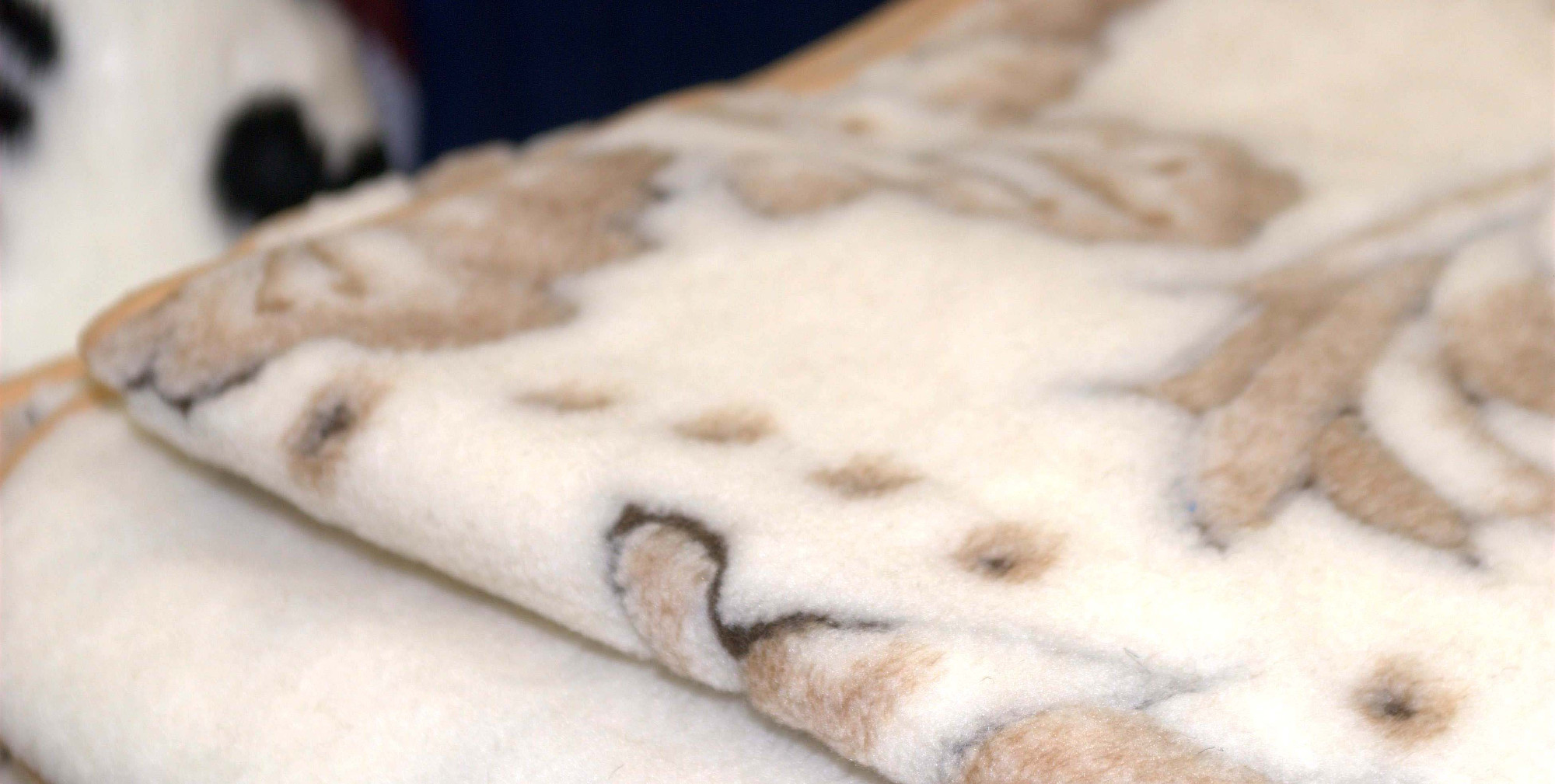
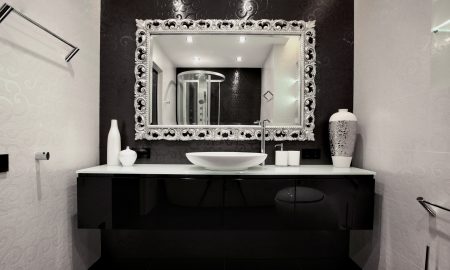
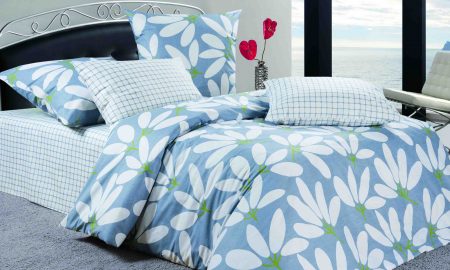
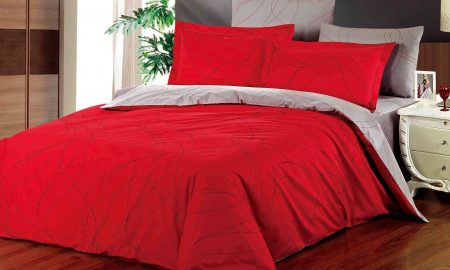
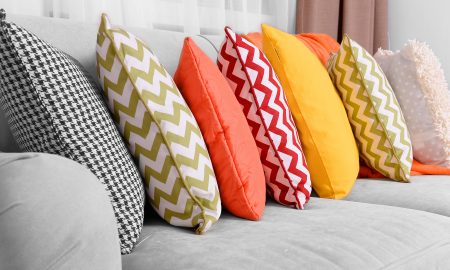
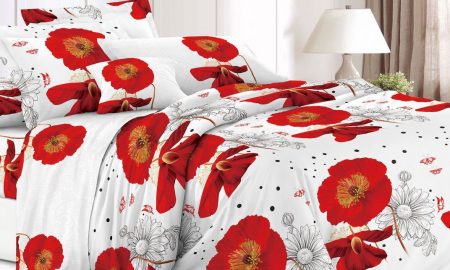

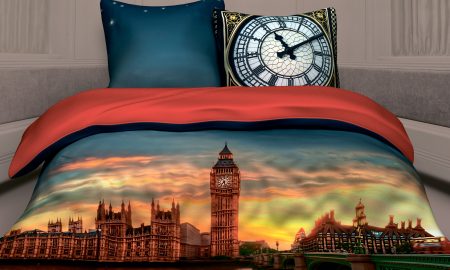
Larisa
18/02/2015 at 15:05
I replaced almost all the blankets with bamboo blankets, I really liked them in terms of quality. At first, we sold one, it was light and very airy, it was a pleasure to lie under it, there was no feeling of heaviness at all. But, despite the lightness, the bamboo blanket retains heat very well and it is not cold at all under it, and in summer it is practically not hot.